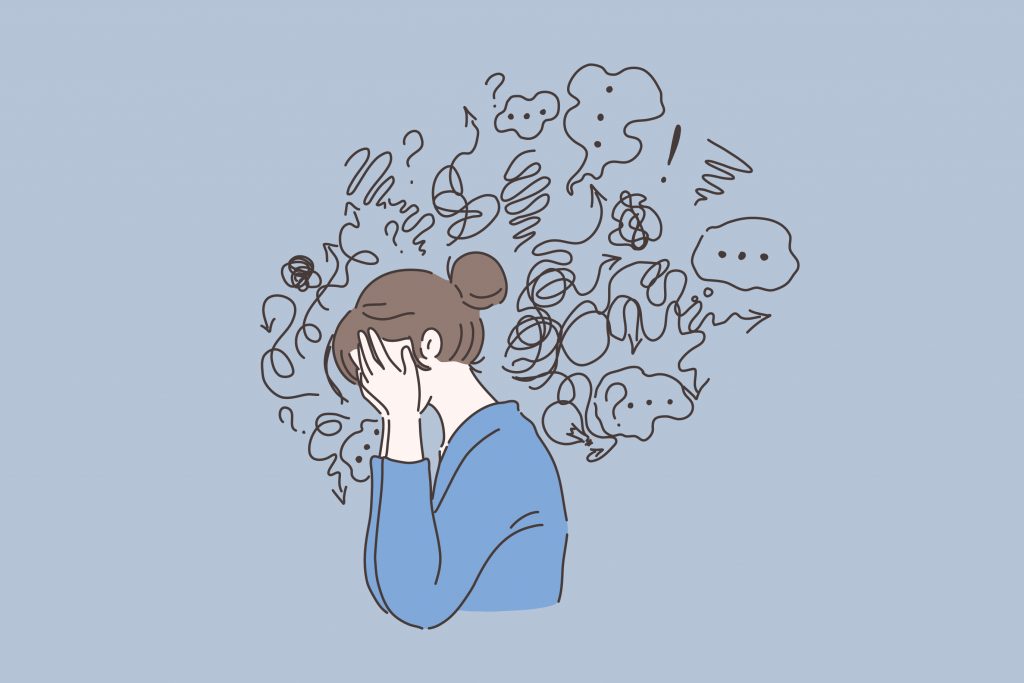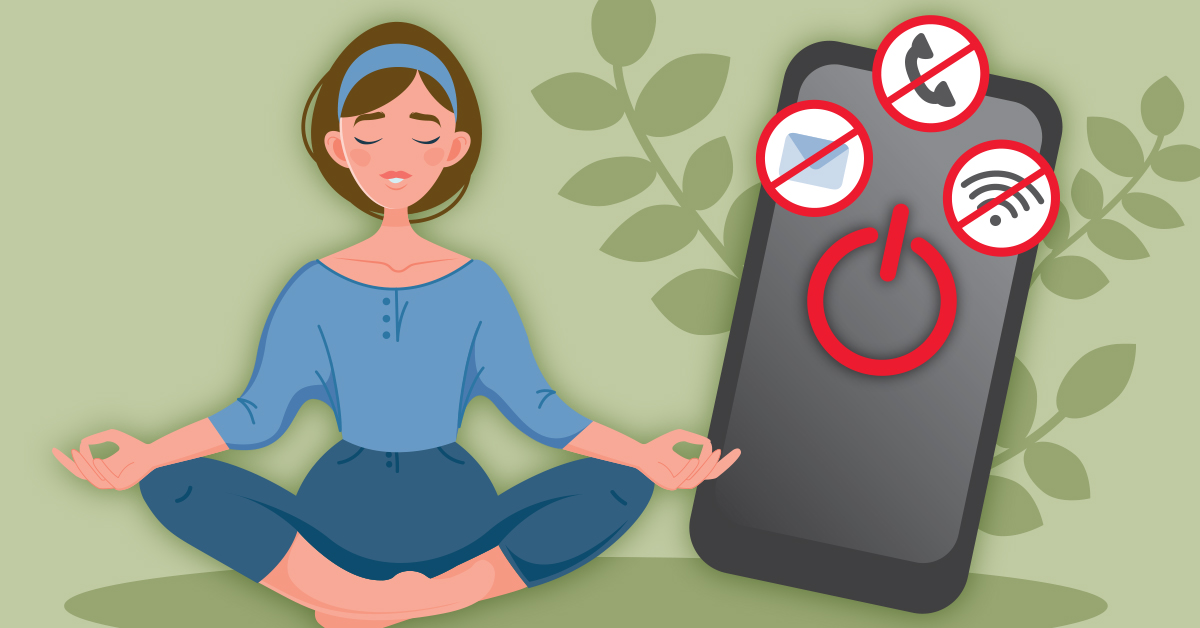bizvantagehub.com – Anxiety is a natural human response to stress or danger, often described as a feeling of fear or apprehension about what’s to come. However, when anxiety becomes excessive, persistent, and interferes with daily life, it may be classified as an anxiety disorder. Anxiety disorders are among the most common mental health conditions, affecting millions of people worldwide. This article explores the types of anxiety disorders, their symptoms, causes, and available treatments.
What Are Anxiety Disorders?
Anxiety disorders are a group of mental health conditions characterized by excessive fear, worry, or nervousness that is difficult to control and often disproportionate to the actual threat. These disorders can significantly impact a person’s ability to function in daily life, affecting their relationships, work, and overall well-being.
Types of Anxiety Disorders
There are several types of anxiety disorders, each with unique features:
- Generalized Anxiety Disorder (GAD)
- Persistent and excessive worry about everyday things, such as work, health, or finances.
- Symptoms include restlessness, fatigue, difficulty concentrating, and muscle tension.
- Panic Disorder
- Recurrent panic attacks—sudden episodes of intense fear accompanied by physical symptoms like heart palpitations, sweating, and shortness of breath.
- Fear of future panic attacks can lead to avoidance behaviors.
- Social Anxiety Disorder (Social Phobia)
- Intense fear of social situations or being judged by others.
- May lead to avoidance of social interactions, impacting relationships and work.
- Specific Phobias
- Extreme fear of a specific object or situation, such as heights, spiders, or flying.
- The fear is often irrational and disproportionate to the actual danger.
- Agoraphobia
- Fear of being in situations where escape might be difficult or embarrassing, such as crowded places or public transportation.
- Can lead to avoidance of leaving home.
- Separation Anxiety Disorder
- Excessive fear or anxiety about being separated from loved ones.
- Commonly seen in children but can also affect adults.
- Selective Mutism
- Inability to speak in specific social situations, despite being able to speak in others.
- Often diagnosed in children.
Symptoms of Anxiety Disorders
While symptoms vary depending on the type of anxiety disorder, common signs include:
- Physical Symptoms:
- Rapid heartbeat, sweating, trembling, or shortness of breath.
- Fatigue, headaches, or stomachaches.
- Muscle tension or restlessness.
- Emotional Symptoms:
- Excessive worry or fear.
- Irritability or feeling on edge.
- Difficulty concentrating or feeling mentally blank.
- Behavioral Symptoms:
- Avoidance of situations that trigger anxiety.
- Compulsive behaviors (e.g., repeated checking or counting).
Causes and Risk Factors
The exact cause of anxiety disorders is not fully understood, but a combination of factors may contribute:
- Biological Factors:
- Genetics: A family history of anxiety disorders can increase risk.
- Brain chemistry: Imbalances in neurotransmitters like serotonin and dopamine.
- Environmental Factors:
- Traumatic events (e.g., abuse, accidents, or loss).
- Chronic stress from work, relationships, or financial difficulties.
- Psychological Factors:
- Personality traits, such as perfectionism or low self-esteem.
- A history of other mental health conditions, like depression.
- Medical Factors:
- Chronic illnesses or hormonal imbalances.
- Substance use or withdrawal from drugs and alcohol.
Treatment Options
Anxiety disorders are highly treatable, and many people find relief through a combination of therapies and lifestyle changes. Common treatment options include:
- Psychotherapy:
- Cognitive Behavioral Therapy (CBT): Helps individuals identify and change negative thought patterns and behaviors.
- Exposure Therapy: Gradually exposes individuals to feared situations to reduce anxiety over time.
- Medication:
- Antidepressants (e.g., SSRIs or SNRIs) to regulate brain chemistry.
- Anti-anxiety medications (e.g., benzodiazepines) for short-term relief.
- Beta-blockers to manage physical symptoms like rapid heartbeat.
- Lifestyle Changes:
- Regular exercise to reduce stress and improve mood.
- Mindfulness practices, such as meditation or yoga.
- Healthy sleep habits to improve overall well-being.
- Support Groups:
- Connecting with others who share similar experiences can provide emotional support and coping strategies.
- Self-Help Strategies:
- Journaling to express emotions and track triggers.
- Learning relaxation techniques, such as deep breathing or progressive muscle relaxation.
When to Seek Help
If anxiety symptoms persist for more than six months, interfere with daily life, or cause significant distress, it’s important to seek professional help. Early intervention can prevent symptoms from worsening and improve quality of life.
Breaking the Stigma
Despite the prevalence of anxiety disorders, many people hesitate to seek help due to stigma or fear of judgment. Raising awareness and promoting open conversations about mental health can encourage individuals to seek the support they need.
Conclusion
Anxiety disorders are complex but treatable conditions that affect millions of people. By understanding the types, symptoms, and treatment options, individuals can take proactive steps toward managing their anxiety and improving their quality of life. If you or someone you know is struggling with anxiety, remember that help is available, and recovery is possible.






